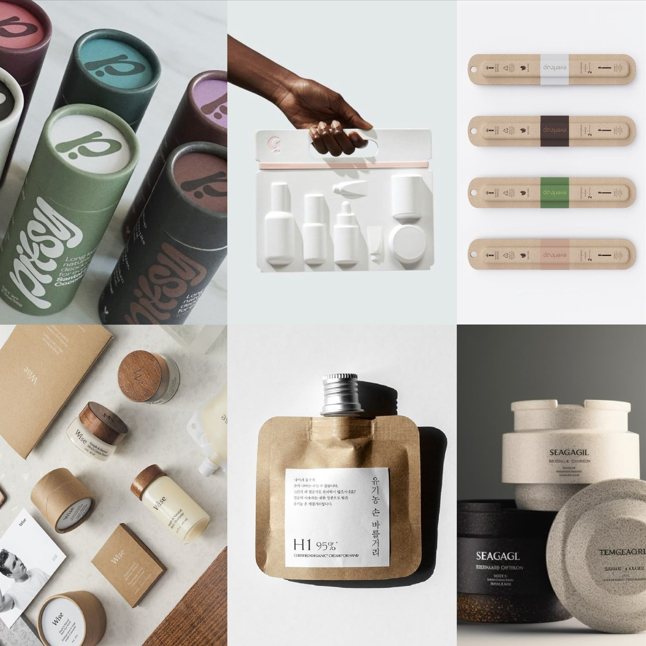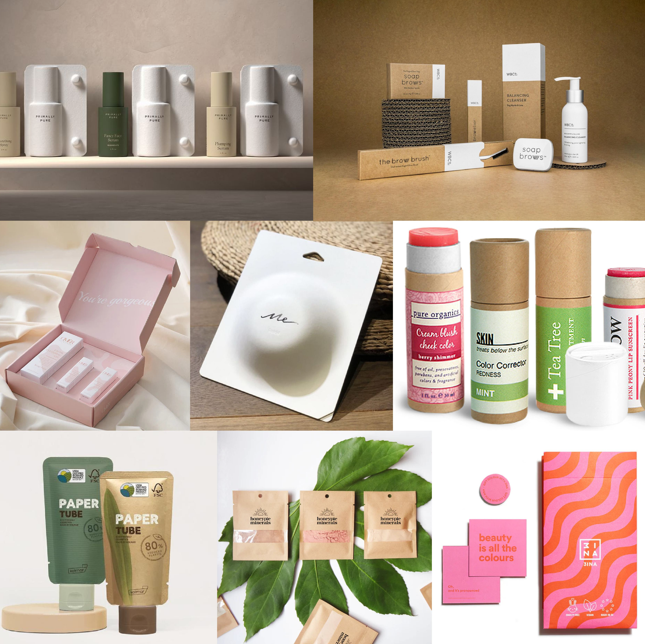Welcome to the Paper Product Packaging insight news article – where we discuss insights, statistics, types & styles, examples and the pros and cons of paper product packaging.
INSIGHTS & STATISTICS
Are you on the look-out for inventive designs that support our future? If so, then paper packaging may be for you.
Paper product packaging has become something we have seen across the retail landscape, but with no huge brand-wide demand.
A testament to sustainability goals, a lot of brands are removing tons of plastic from their packaging line, most particularly within the beauty and cosmetics industry.
According to PwC – consumers are willing to pay 9.7% a sustainability premium option, even as cost-of-living and inflationary concerns remain, according to the PwC 2024 Voice of the Consumer Survey.
The paper packaging market was valued at $385.5 billion in 2023 and is projected to grow at a CAGR of 5.0%, reaching $540.4 billion by 2030.
TYPES & STYLES
→ POUCHES – Paper-based
There are now plenty of eco-friendly alternatives for minis or sample-sized products, whereby it contributes to reducing plastic waste by up to 76%. This style is also great in transportation and storage purposes, and has great protection.
→ BOTTLES – Paper
These are made from recycled paperboard, and are a perfect match for liquids like lotions, conditioner/shampoos. They offer a sustainable option to plastic bottles, without comprising on practicality. Plastic pouches could be an optional insert, depending on the brand solution, look and feel, but overall this solution heavily reduces plastic manufacturing.
→ Packs & sleeves – FOLDING
Folded packs/sleeves are made from recyclable paperboard, which are commonly used for secondary packaging in beauty products. One example being – paper eyeshadow palettes, bronzers, blushers and beyond – again, becoming more and more popular in the beauty sector.
→ STICKS & TUBES – Paper
A lot of wellbeing, health and beauty brands love this style. Paper sticks/tubes are the perfect option for on-the-go items. With its Biodegradable capability, this is their niche and reduce further on unwanted plastic.
PROS
Sustainability – Eco-friendly, biodegradable, recyclable, and renewable.
Consumer Appeal – 74% of consumers are willing to pay more for sustainable packaging.
Regulatory Compliance – Paper helps brands meet plastic-related regulations and supports CSR efforts.
CONS
Durability – Paper packaging may not always be as durable as plastic, especially for liquids.
Cost – Paper can be more expensive, but it offers brand differentiation.
Moisture Resistance – Special coatings are necessary to protect liquid products.
Recycling Infrastructure – The environmental benefits depend on recycling systems in place.
– Has your product launched in retail?
– Looking for sustainable PR, Campaign, NPD, or gift boxes?
– Want to collaborate with a forward thinking team?


